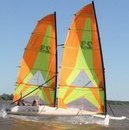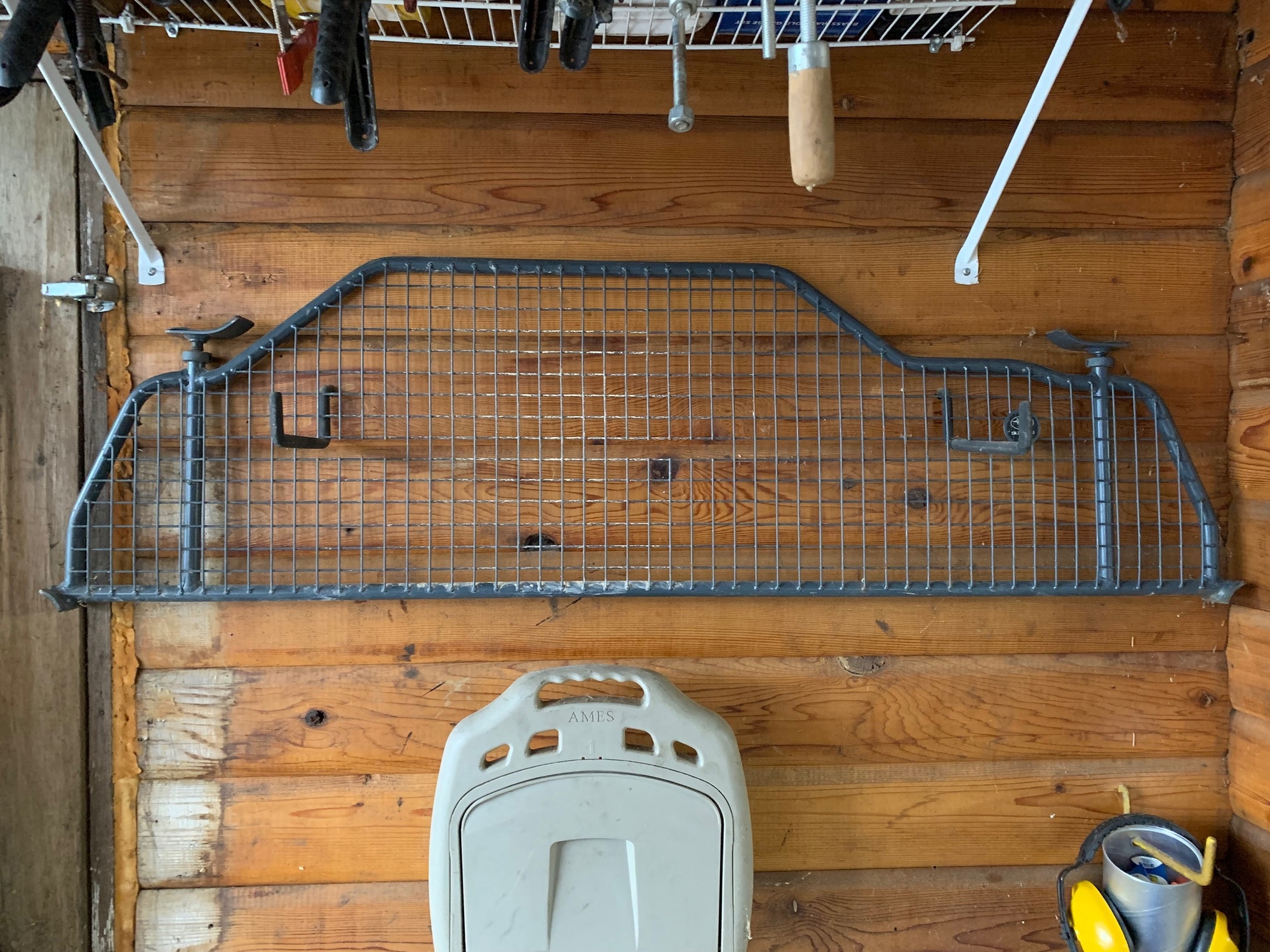-
Posts
832 -
Joined
-
Last visited
-
Days Won
24
Content Type
Profiles
Forums
Gallery
Store
Everything posted by jonathan909
-
None of the above. Nothing so complicated, simply air getting past the bleeder screw threads. We got our Speedi Bleed yesterday and bled the system today. Quick. Silent. No pumping. Painless. No bubbles. Just Works. This is a great tool. I don't think I've ever specifically endorsed any such here, but it gets a hearty two thumbs-up from me.
-
That's what makes this so maddening - I do not suspect leaks elsewhere. This all kicked off when the hill holder (apparently) malfunctioned and locked the brakes while on level ground, causing the car to be towed home - twice. The hill holder is no longer in the car - I didn't just disconnect the clutch cable as suggested here, but yanked it altogether and joined the in/out brake lines together. I have no reason to believe there are any leaks, and, as an aside, point out that I've only suffered one brake line failure (corrosion) in the decade+ that I've been driving and maintaining these things, and that was in the 1995 Legacy Wagon - almost ten years older than this car. So my present sanity check is to push fluid until the bubbles go away. If they fail to do so, I will declare myself insane.
-
I've had a mityvac forever too, and I've got a vacuum pump (use it for AC evacuation and oiling), so there's no shortage here of potentially-useful kit. Before returning the PT kit I tried putting some Dow Corning High Vacuum Grease on the bleeder threads, but even that didn't stop the bubbles - whether they're actually in the lines or occurring locally is a mystery only solved by abandoning the vacuum approach, so that's what I'm doing. I'll have the Speedibleed kit on Monday and see how that goes.
-
I've decided that the Performance Tool bleeder I linked to at the outset is junk because sucking rather than blowing is inherently flawed. In fact, here's what their product support person (who claimed that there are teflon tapes that resist brake fluid, but did not specify) said when I described the problem: "These bleeders... suck at bleeding the system" So I'll be returning it to Princess Auto today. I'd try the Motive bleeder next (a jug with a hand pump that attaches to the master cylinder), but ran across this one: https://speedibleed.com/ I like the idea of using shop air (or tire pressure - a cute hack) instead of a hand pump, it's cheaper than the Motive (which has no Canadian distributors - I'd have to buy it from Amazon), and comes from just over the border in BC. Should be here in a day or two, will advise.
-
Back to my daughter's '03 Forester. I won't get into all the painful details of what a horrorshow this has been to date. Just trying to solve present problem: Bleeding. Since we weren't having any luck doing it Old School (stomp, twist, stomp, twist), I figured I'd give a power bleeder a shot. Someone mentioned the Motive pressure bleeder here in an old thread, but looking around yielded mixed reviews that suggested they used to be great but in more recent years the quality fell off and everything leaked. My local preferred source had the Performance Tool version: https://wilmarllc.com/w89204/w89204-pneumatic-brake-bleed-kit on the shelf and they have a painless refund policy, so it seemed worth a try. The difference is rather than pushing fluid under pressure into the master cylinder, this one generates a vacuum from shop air and sucks at the wheel cylinder. But on the first wheel (RR), we've already put 500ml of fluid through and the bubbles aren't letting up, leading me to believe that air is getting sucked through the threads of the bleed screw, as we have no reason to believe there are leaks anywhere else in the system. I just learned that teflon tape is NFG for sealing in this application, as the brake fluid eats it. Is there anything I can use to seal the threads and eliminate this (potential) leak during bleeding? I realize, of course, that this is an intrinsic problem with a vacuum vs. pressure bleeder. Helpful suggestions are, of course, welcome in addition to the actual answer.
-
Turns out the sonofabitch does have a hill holder. They thought not because it's never shown itself to be functional. But that doesn't mean it can't malfunction. So what's the shortest route to getting it out of the circuit? It looks like there's just one line that goes in and out of it from the master cylinder. So do we just get a F/F adapter for the flare nuts and mangle those two lines together?
-
This is a weird one - a problem my daughter's having. The car is relatively new to her and in pretty good shape. Despite this, it's put her in a jam a couple of times, both after the hour's drive into the city center, downtown during rush hour - about the least desirable time/place for such a failure. The symptom is that she'll stop at a light, and when it turns green attempt to move, but letting out the clutch simply stalls the engine. Repeated attempts yield the same result. She then calls for a tow and the driver has to brute-force the car onto the flatbed because the wheels won't turn. By the time it arrives home via the truck, whatever jammed has let go and it's returned to normal. Frustrating, to say the least. I was hoping (as well all do) for the simplest and least invasive discovery, e.g. something loose in the rear brakes, but pulling those drums is itself a PITFA and all we managed to do is create more problems without finding anything. So before we go any further, can anyone suggest anything?
-
All of which is extremely informative, but doesn't actually answer the question I asked. Which was: Does anyone here have a problem with running tires from two different manufacturers, (probably) paired as a "front set" and a "back set", assuming (of course) that all four are of the correct type and approximate characteristics (e.g. M+S)?
-
As a well-understood matter of course, we run "matching" tires on all four wheels in order to eliminate unnecessary strain on the drivetrain. But how matching, exactly, does "matching" mean? Case in point is my '01 H6 OBW, which recently blew a tire on the highway. I think it was the delayed product of the long and heavily-loaded road trip last summer involving a lot of old computer and test equipment - and a sailboat - which featured a broken right rear spring (it had lost part of the first turn, which lowered it about an inch). I think that the resulting lowered suspension over that wheel caused the tread to get scraped a few times, leading to the blowout about 8 months later. Anyway, that's one down out of an otherwise-good set of four. When this happened, we bought a new set of four, and now I'm staring at three perfectly good tires on rims that I think it would be stupid not to use. Now, I stick with stock sizes, so in this case everything is 225/60R16, generally M+S. The question is, then: Assuming all of the tires are of the same rated size, what latitude do we have in mixing manufacturers? Since I have three good tires on rims from my previous set, can I use, for example, two of those on the front, and two of the same size from a different manufacturer on the rear? Is there enough real-world deviation in running geometry between manufacturers for this to be a problem? Inquiring minds want to know!
-
I dunno what the actual name is - around here we call it a dog gate because non-dog cargo doesn't usually try to climb over the seat. Perhaps your dogs are better behaved and act more like cargo. Certain that it's not custom - you can see the Subaru logo just behind that right wall hanger. The thing that would seem to make sense is that it's for a Forester, because that would account for the asymmetry. Up here, at least, they have a seat belt (shoulder restraint, I guess) on a retractor in the ceiling near the rear door (on the passenger side - that's the right side in these parts, Oz!). Yet it doesn't fit any of the Foresters we've had - at least, I think we tried it in all those we had from '99-'02. And I think someone on freecycle gave it to us or something.
-
Heard you missed me - well, I'm back! No news has been good news - cars pretty much behaved through the winter, so I had little reason to hang out and was deeply immersed in other work. That changed today: In the city for some shopping, sporadic noises I'd been hearing became real, and the '01 H6 tossed its belt. When I raised the hood, I could see that the idler had departed its bearing, which seemed weird. Upon closer examination, what went was the tensioner bearing, and in the process it trashed the arm. I hoped that the spare engine I picked up a couple of summers ago would be a donor, but no such luck - I have the engine and manifold but none of the ps pump/alternator/ac compressor brackets and mounts - they must have already been missing from the junkyard donor. So tonight's question is: Are there any other engines that use the same tensioner? Thanks much. Jonathan





